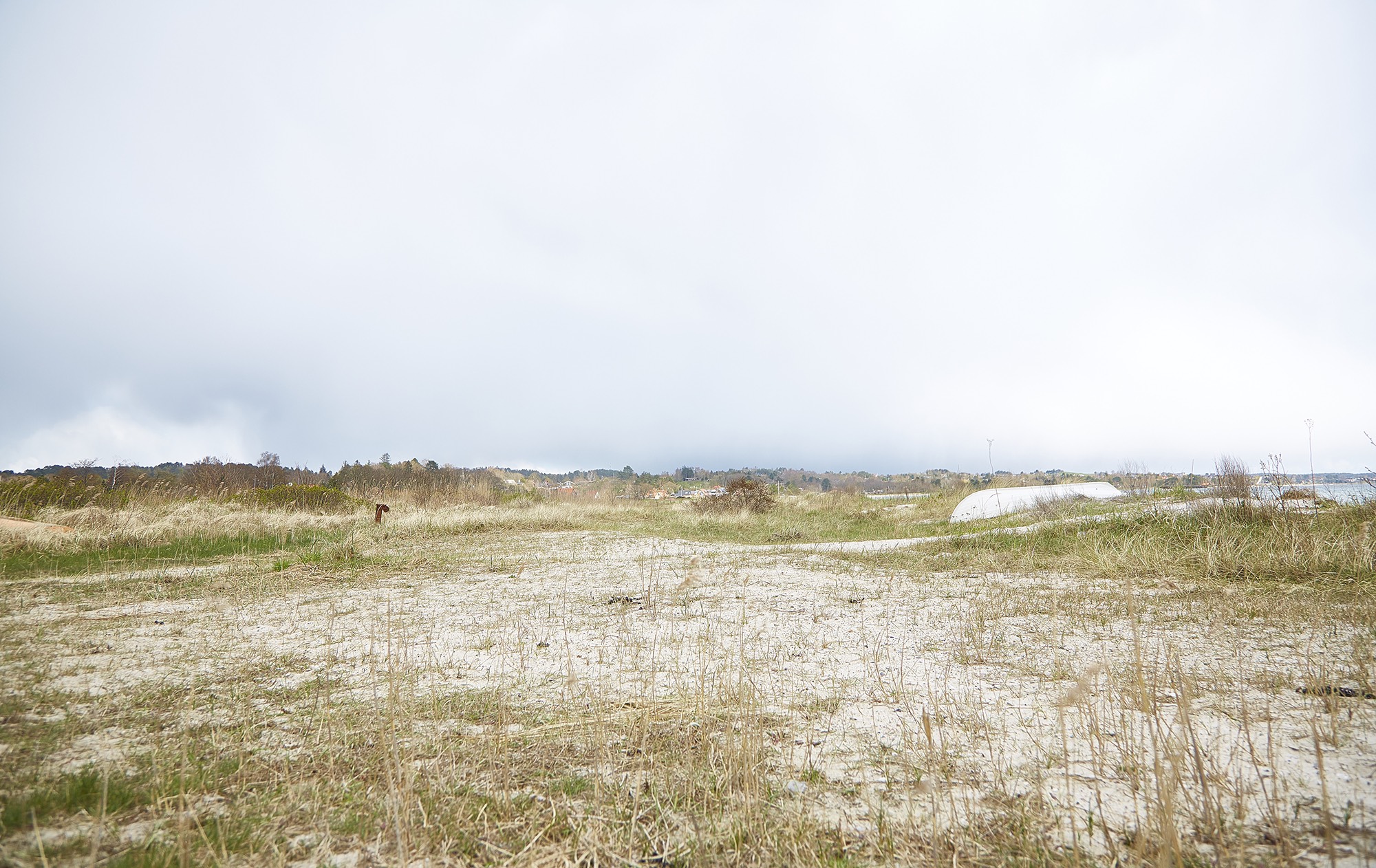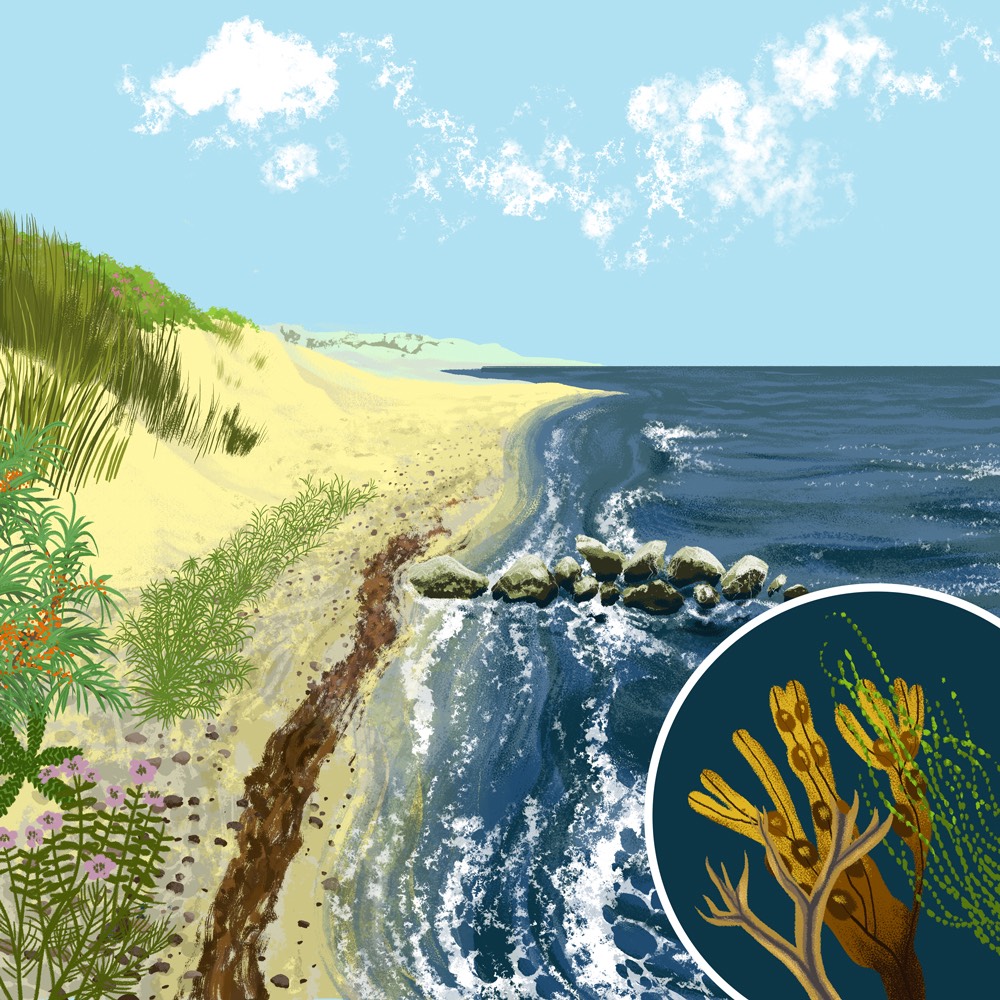

Waterways Beaches
Beaches
Beaches with tides, washed up seaweed, and green belts of herbs. Seagrasses and bushes of sea buckthorn and rosehips grow in the dunes.
Introduction



Beaches with tides, washed up seaweed, and green belts of herbs. Seagrasses and bushes of sea buckthorn and rosehips grow in the dunes.
